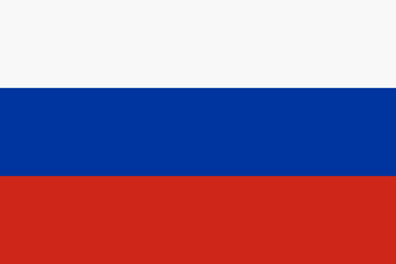This goes
to space
MKA-R
MKA-R is a classified Russian radar satellite for the Strategic Forces of the Russian Federation.
Image: Supercluster

On this
rocket
Angara 1.2
The Angara 1.2 is a Russian light-lift launch vehicle developed by Khrunichev State Research and Production Space Center as part of the Angara family of rockets. It is designed to replace older Soviet-era rockets like the Kosmos-3M and Rockot.
Specs:
Height: 42.2 m (138 ft)
Diameter: 2.9 m (9 ft 6 in)
Mass: 171,500 kg (378,100 lb)
Stages: 2
Payload to LEO (Low Earth Orbit): 3,500 kg (7,700 lb)
Payload to SSO (Sun-Synchronous Orbit): 2,400 kg (5,300 lb)
The Angara 1.2 uses a modular design, with the URM-1 (Universal Rocket Module) serving as the core stage. Its first stage is powered by a RD-191 engine, which is a single-chamber version of the RD-171M used in Zenit rockets. Depending on mission requirements, the second stage can be the Briz-KM or Block I upper stage.
This rocket is primarily intended for launching small satellites and government payloads. It is a key part of Russia’s strategy for independent access to space, reducing reliance on older Soviet-era rockets or foreign-built components. In addition to the Angara 1.2, the family includes other variants like the Angara A5, which is being developed for heavier payloads.
Photo courtesy of Russian Ministry of Defense

From this
launch site
Site No. 35/1 - Plesetsk Cosmodrome, Russian Federation
Site No. 35 at Plesetsk is a single pad that has only been used to launch Angara rockets since 2014.
It was originally built in the mid-1980s for the Zenit rocket, but construction was stopped after the collapse of the Soviet Union when Zenit launches from Plesetsk were canceled.
The pad was modified over ten years starting in 2004 to support Angara launches.
Image: Strategic Forces of the Russian Federation

GET THE SUPERCLUSTER APP
THE SUPERCLUSTER PODCAST
A podcast exploring the amazing milestones that changed space history, the wildest ideas that drive our future, and every development in this new Golden Age of Space.
Donate to support
Your support makes the Astronaut Database and Launch Tracker possible, and keeps all Supercluster content free.
SupportCOPYRIGHT 2021 SUPERCLUSTER LLC

